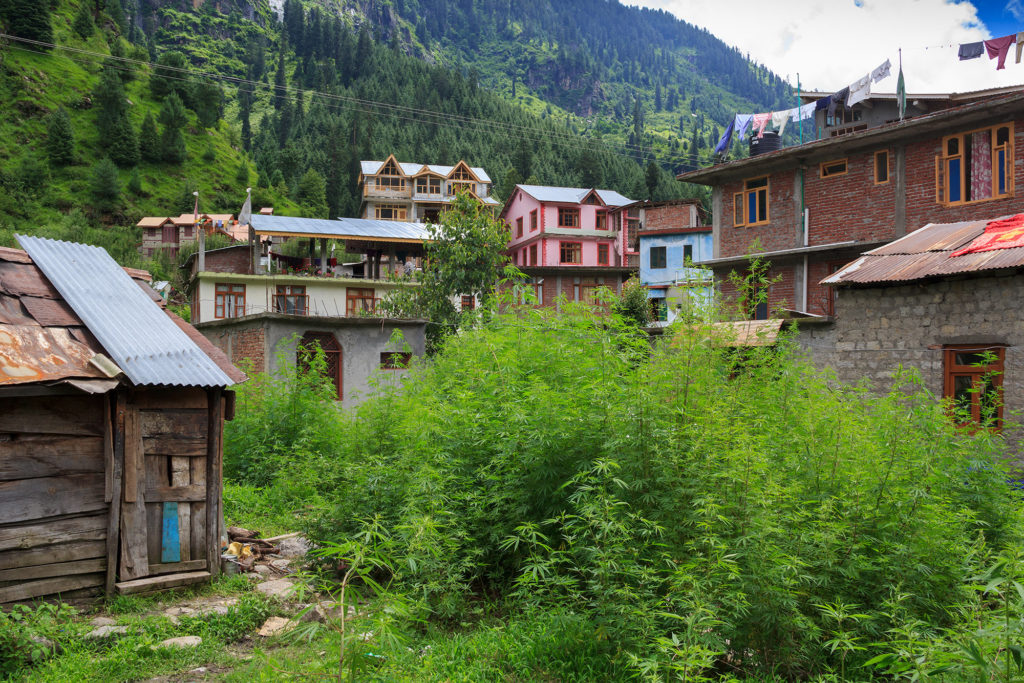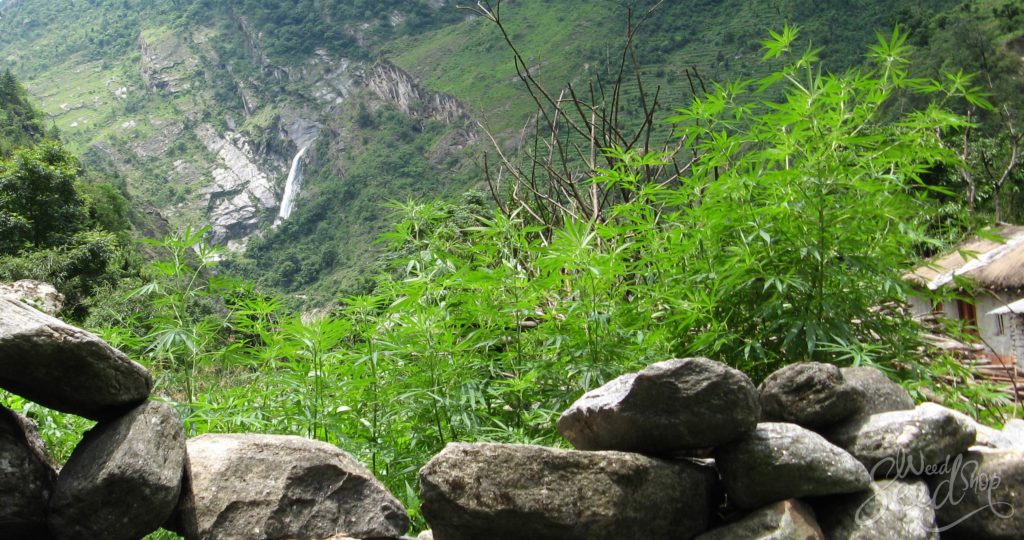Even though cannabis is illegal in India, you’ll be surprised to hear about the enormous cannabis farms growing high up in the Himalayas. There are villages that are completely dedicated to growing cannabis and are the biggest suppliers of hashish in the world. Read this article to find out more about the Himalayan cannabis farms.
India has always been a world-renowned place for cannabis history, with its use dating as far back as the Shiva. Until now, India has not lost its flair for the cannabis business, with cannabis farms high up in the Himalayas producing tons of product a year. These farms are a far cry from the entheogenic use that the Shiva gave to weed as these guys are all about business.
What is beautiful about these farms is that weed grows basically wild, giving the locals more than enough supply to meet the Indian demand. Nestled high up in the Himalayan mountains, even the police can barely control the amount of weed being grown. These Himalayan villages are basically covered in wild weed, and their entire lives are dedicated to the growing of weed. This article is a journey into the hard work that goes into the cannabis farms buried deep in the Himalayan mountain range.
The making of charas
Charas is what the Himalayan cannabis farms are all about, and is a handmade type of hashish that typically comes from India. The role of hashish has been enormous in India’s cultural and spiritual history, and was legal up until the 1980s. The Himalayas is the place most generally reputed to be the origin of weed, and it is in this mountain range that the Sadhus (the holy men) would go to meditate. They were among the first people to make charas.

Making charas is a long and tedious process, and requires a lot of hard work. In fact, the same technique is still used today that was used hundreds of years ago by those seeking spiritual refuge in the mountains. The buds are pressed and rolled between the fingers to remove the resinous material from the plant material. This is very similar to the way we make finger hash today. This is probably the most time-consuming way to make hashish, and the villagers living in the Himalayas spend their entire day committed to the production of charas. It takes up to 50 buds to produce 10 grams of charas, meaning that it is hard work with a smaller reward than you’d think. It is nonetheless still considered some of the best hashish in the world and can cost up to $20 per gram to buy in Western countries.
It’s strictly business
Although the history of cannabis use in India originates with its spiritual use, that’s hardly what it’s being grown for now. These villages are almost completely reliant on the income that their cannabis plantations bring in, with little else occurring in the village at all. The only other businesses are small shops selling vegetables, legumes and cigarettes. Despite the fact that they work hard and produce tones of Himalayan hashish every year, they still live what we would consider quite a humble life. A particular village was photographed by National Geographic last year that is only accessible by foot, making them quite far removed from the rest of busy India.
Their remote location also makes them extremely hard to catch by police. Weed is still illegal in India, but the conditions for these villagers are ideal. It’s almost impossible for police to track the producers of the plantations because most of the plants grow wild. Plus, they keep moving their plantations further up the mountain to be less accessible and harder to find. A couple of raids a year is barely a dint in the amount of plants that are growing up in the Himalayas and the business is overall a success.
Life doesn’t seem so bad
For most of the people living in these villages, there is basically no other alternative for occupation. It means life is pretty simple for these villagers. They work hard and tirelessly, but their reward is a life in nature that runs according to their schedule. Not to mention that they would be smoking some of the finest hash in the world. It’s probably unlikely that the police will ever really catch up with the cannabis fields and there’s definitely no end in sight for the demand of charas in India.

It doesn’t look like cannabis is going to be legalized in India anytime soon, but the overall attitude in the country is quite liberal. It has been a part of the culture for so long that it is basically accepted by most of the population, and even the police don’t treat it too harshly.










Don’t ask what others have done for you, but ask what you have done for others